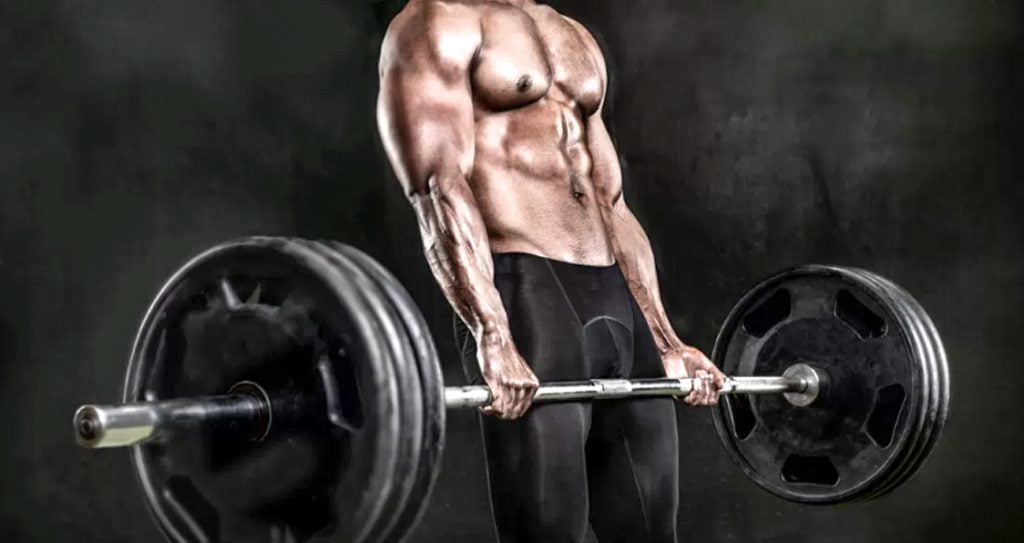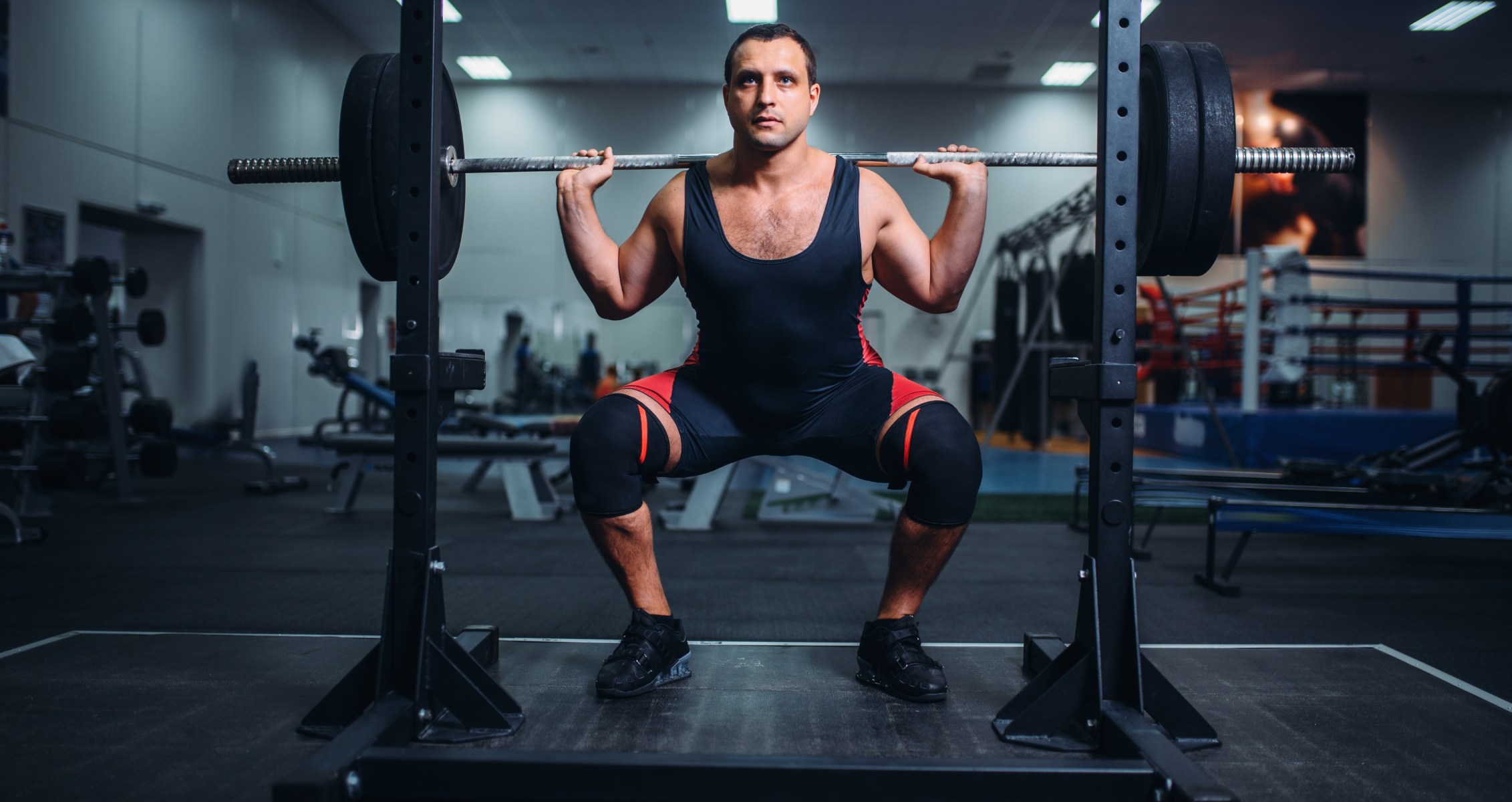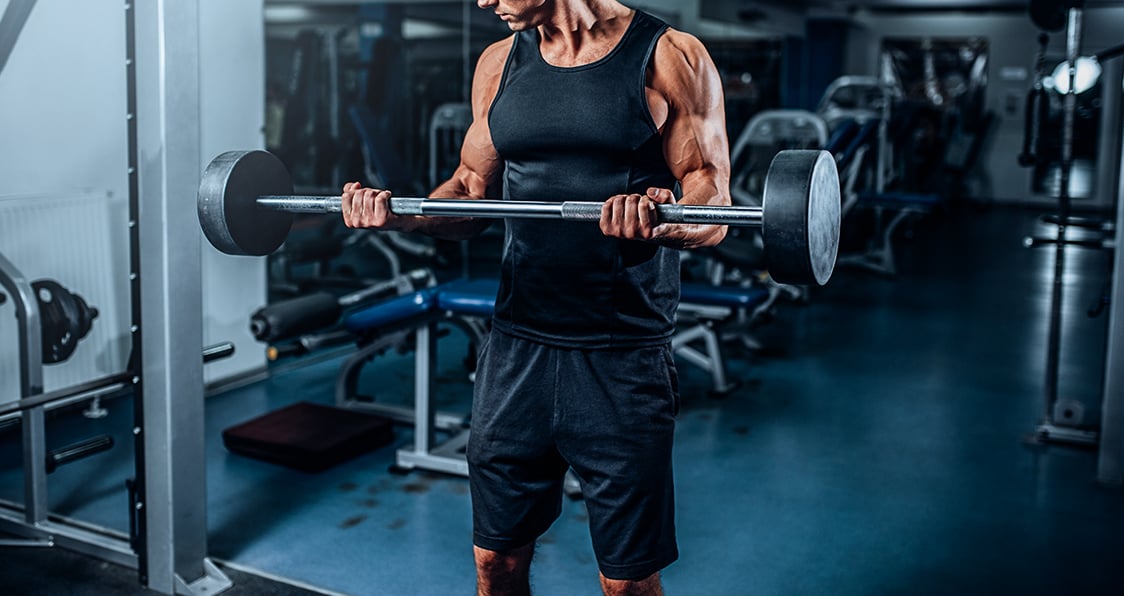Building Full Body Strength Through Compounds
When it comes to strength training, there are two types of exercise that compose strength training programs – compound and isolation. While isolation exercises focus on one muscle group, compound exercises rapidly build strength by targeting a number of muscle groups across many joints (1).
As well as most effectively developing strength, compound exercises also burn more calories, improve proprioception, and elevate the heart rate to benefit the cardiovascular system.
This article written by our team at Generation Iron, will outline three beginner, intermediate and advanced compound exercises that are highly recommended due to the vast number of benefits associated with them.
Compound Exercises for Beginners
If you are new to resistance training, it is important that care is taken. Movements should smooth and controlled not rapid and jerky as this may increase the risk of injury.
For each of the following exercises, perform 3 sets of 10-12 reps ensuring that you take a 45 – 60-second rest between each set.
1) Walking Lunge
For the walking lunge, start with feet underneath the hips and hands on the hips. Before stepping into the lunge, push the chest up and squeeze the core muscles.
Step forward and bend the knees to lower the hips and drop the back knee towards the floor – stop just prior to making contact with the floor. The knee should be directly over the top of the foot in this position.
Focus on the drive from the leading leg and push hard through the heels to bring the body back up to standing. Step forward into the lunge once again but this time using the alternate side.
During the lunge, it is imperative that the trunk is held in an upright position as this will facilitate good form and reduce the risk of injury.
2) Wide Lat Pulldown
Start by attaching a long bar to the lat pulldown machine. Drop the knee pads on the machine so that the thighs are tight to the pads when seated. This will prevent you from being pulled upward.
When gripping the bar, place the hands slightly wider than shoulder-width and use an overhand grip.
Before pulling hard on the bar, take a breath, push the chest up and squeeze the core to prevent the trunk from moving. Breathe out and you pull the bar down to the upper chest.
When pulling, ensure that you draw your shoulders and upper arms back and down as this will most effectively target the lats.
Once the bar touches the chest, pause for a second to squeeze all the muscles of the back before extending the arms and breathing in as you return to the original starting position.
Remember that throughout the movement the trunk should stay fixed and movement should only be occurring at the arms.
3) Dumbbell Goblet Squat
For the dumbbell goblet squat, set up by placing the feet slightly wider than shoulder-width. Flip a dumbbell vertically and hold it with both hands ensuring that it stays close to the chest.
Keep the head looking forward, lift the chest, pull the shoulders back and brace the core muscles prior to dropping into the squat.
In a controlled fashion, drop the hips back and down and gradually lower down towards the floor. As you squat, ensure that you are pushing the knees out and avoid any inward movement.
At the bottom of the squat, pause for a split second before returning to standing by powerfully driving through your heels to propel the body upwards.
Be aware that everybody’s squat technique will likely vary for a number of reasons (2) – some can drop deeply without any limitations whereas others will reach a specific point where form begins to deteriorate due to limitations.
 Compound Exercises for Intermediates
Compound Exercises for Intermediates
For intermediates, lifting a greater volume is possible as technique, movement, and proprioceptive abilities should now be well established.
As a result, it is recommended to perform 4 sets of 8 – 10 reps for each of the following exercises. Take a minimum 60-second rest on completion of a set.
1) Barbell Bent-Over Row
Pick up the barbell using an underhand grip that is approximately shoulder-width apart. Keeping the chest lifted and shoulders back, hinge at the hips so that the trunk leans forward.
In this position the spine should be in a neutral position, head lifted and the arms hanging perpendicularly to the floor. The legs should be kept relatively straight with a very slight bend maintained.
Brace the core and breathe out and you drive the bar into the body. Pin the elbows in tightly to the ribcage as they pass and squeeze tightly between the shoulder blades at the top of the movement.
In a controlled manner, gradually begin to drop the bar back down ensuring that the core is still braced in order to prevent being pulled out of position.
2) Barbell Deadlift
Start by assuming a hip-width stance, placing the feet directly underneath the barbell. Keeping the chest high, push the hips back and bend the knees slightly to drop down to the bar.
Grip the bar with an overhand, shoulder-width grip. Take a big breath and actively engage all of the core muscles to protect the back and maintain a neutral spinal position (3).
Drive hard through the heels ensuring that the bar stays as close to the body as possible as it rises. As the bar passes the knees, powerfully drive the hips through and squeeze the glutes.
Begin to lower the bar back to the floor by pushing the hips back, once again keeping the bar tight to the body and core muscles engaged.
3) Box Squat
Set up in a squat rack and place a box or a bench directly behind you. Ensure that the squat rack is adjusted so that the bar sits at an appropriate position for your height.
Get under the bar and place it on the backs of the shoulders and grip the bar with a grip that is slightly wider than the shoulders. Before lifting off, push the chest up and squeeze the core muscles.
Step back and assume a hip-width stance while pointing the toes out. From this position, start to drop the hips back and down and keep the knees wide until your glutes make contact with the box.
As soon as contact is made with box, push hard through the heels to drive up and out of the squat.
 Compound Exercises for the Advanced
Compound Exercises for the Advanced
For the final group of exercises, the recommendation is to perform 8 – 10 reps and take a 60 – 90-second rest post-set.
1) Inverted Row
For the inverted row, use a Smith’s machine or set up a bar in the rack at approximately waist-height. Grip the bar using an overhand grip that is slightly wider than the shoulders.
From this position, bring the feet forward so that you are suspended underneath the bar. The body should be held straight and long with only the heels in contact with the floor.
While holding this position, pull the body upward until the chest makes contact with the bar. When performing this action, focusing on pulling the shoulder blades back and down.
Pause at the top of the row to squeeze the upper back muscles before gradually extending through the elbows to return to the starting position.
2) Barbell Clean and Press
Start the barbell clean and press by assuming a shoulder-width stance and place the feet directly underneath the bar. Drive the hips back and slightly bend the knees to drop down to the barbell.
Grip the bar using an overhand grip that is approximately shoulder-width apart. Ensure the hips are down, the chest is high, the core is tight, the arms extended and the head lifted prior to lifting.
Drive powerfully through the heels and explosively drive through the hips so that the bar is propelled up to the chest. As the bar rises, aim to keep as close to the body as you can.
Catch the bar in the front rack position so that it rests on the front of the shoulders. From this position, quickly dip the knees and hip before explosively driving through the heels to drive the bar overhead.
Reverse the movement in a controlled fashion to bring the bar safely back down to the floor.
3) Barbell Bench Press
Lie back on a bench and adjust the body position so that the eyes align with the barbell. Grab the bar using a grip that is slightly wider than shoulder-width.
Before lifting the bar from the rack, squeeze the core and press through the heels. Lift the bar and bring it directly over the chest while keeping the arms extended.
Breathe in and gradually drop the bar down to the lower chest. Pause for a moment as the bar makes contact with the chest. From there, powerfully drive the bar back up until it is directly over the chest again.
Focus on the squeeze of the chest muscles as you drive the bar up and ensure that you fully-extend at the elbows. Hold at the top position for a moment before dropping the bar once again.
Final Word
While a vast array of useful compound exercises exist, the aforementioned exercises will prove to be an effective strength developer while catering for your current level of experience.
For more news and updates, follow Generation Iron on Facebook, Twitter, and Instagram.
References:
1 -Gentil, Paulo; Soares, Saulo; Bottaro, Martim (2015-6). “Single vs. Multi-Joint Resistance Exercises: Effects on Muscle Strength and Hypertrophy”. Asian Journal of Sports Medicine. 6 (2). doi:10.5812/asjsm.24057. ISSN 2008-000X. PMC 4592763. PMID 26446291.
2 – Lorenzetti, Silvio; Ostermann, Mira; Zeidler, Fabian; Zimmer, Pia; Jentsch, Lina; List, Renate; Taylor, William R.; Schellenberg, Florian (July 17, 2018). “How to squat? Effects of various stance widths, foot placement angles and level of experience on knee, hip and trunk motion and loading”. BMC Sports Science, Medicine and Rehabilitation. 10. doi:10.1186/s13102-018-0103-7. ISSN 2052-1847. PMC 6050697. PMID 30026952.
3 – Hodges, Paul W.; Eriksson, A. E. Martin; Shirley, Debra; Gandevia, Simon C. (2005-09). “Intra-abdominal pressure increases stiffness of the lumbar spine”. Journal of Biomechanics. 38 (9): 1873–1880. doi:10.1016/j.jbiomech.2004.08.016. ISSN 0021-9290. PMID 16023475.

 Compound Exercises for Intermediates
Compound Exercises for Intermediates Compound Exercises for the Advanced
Compound Exercises for the Advanced






